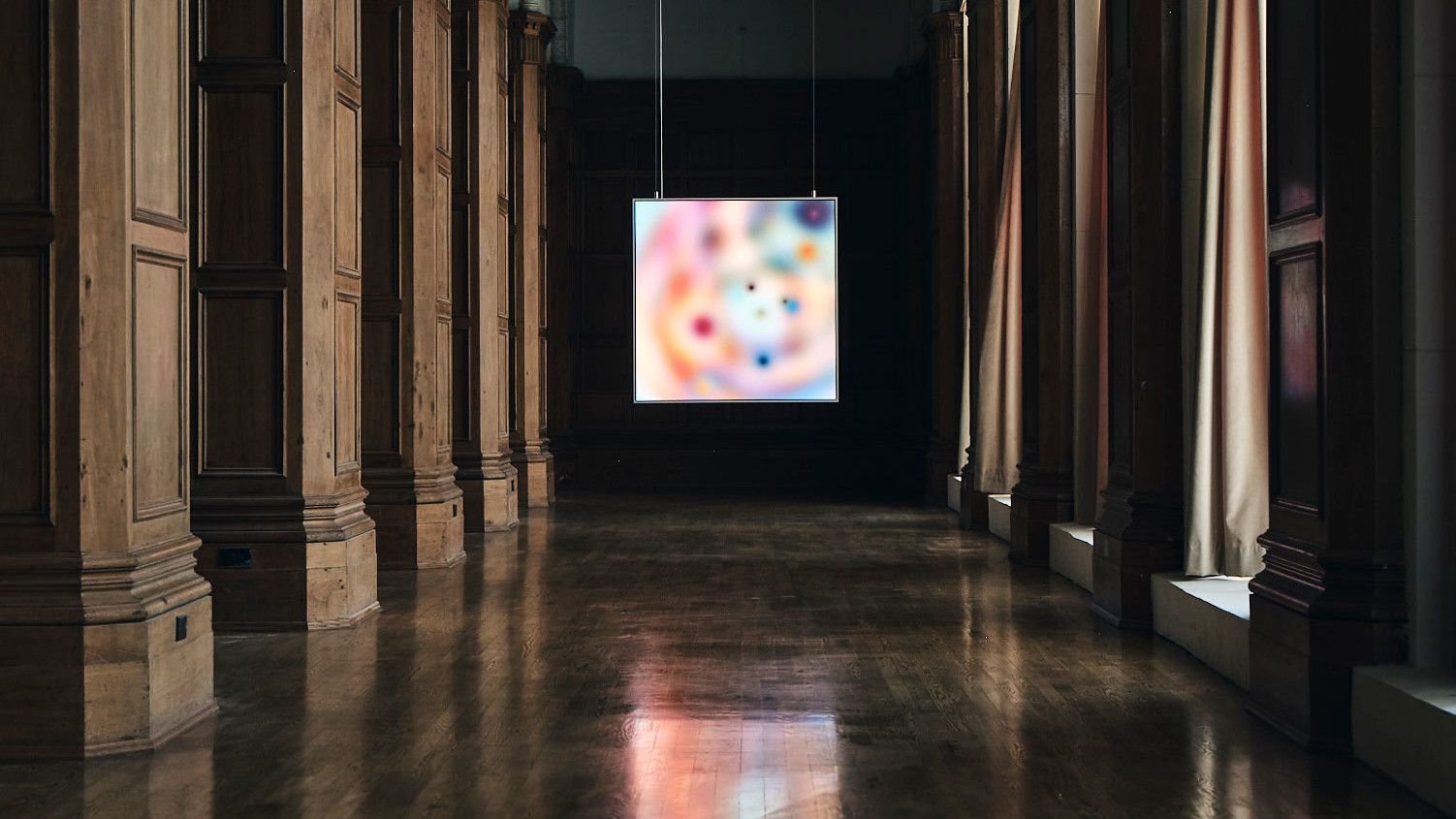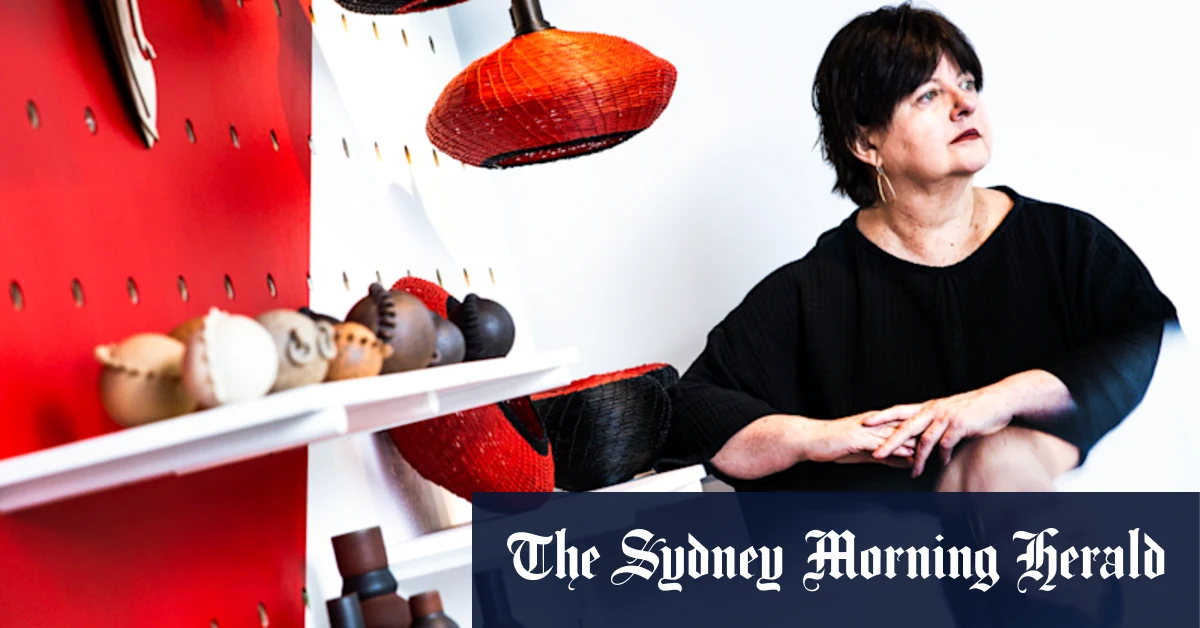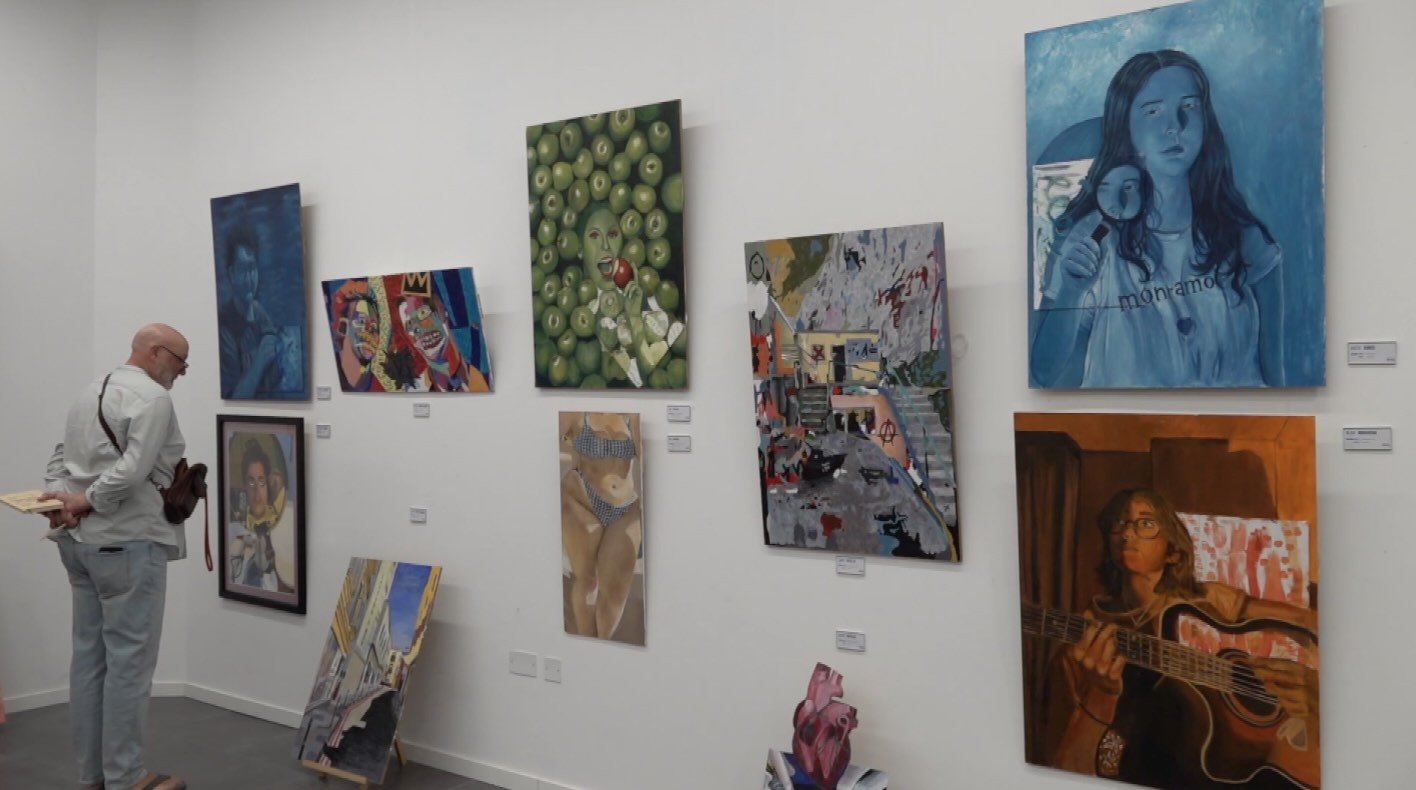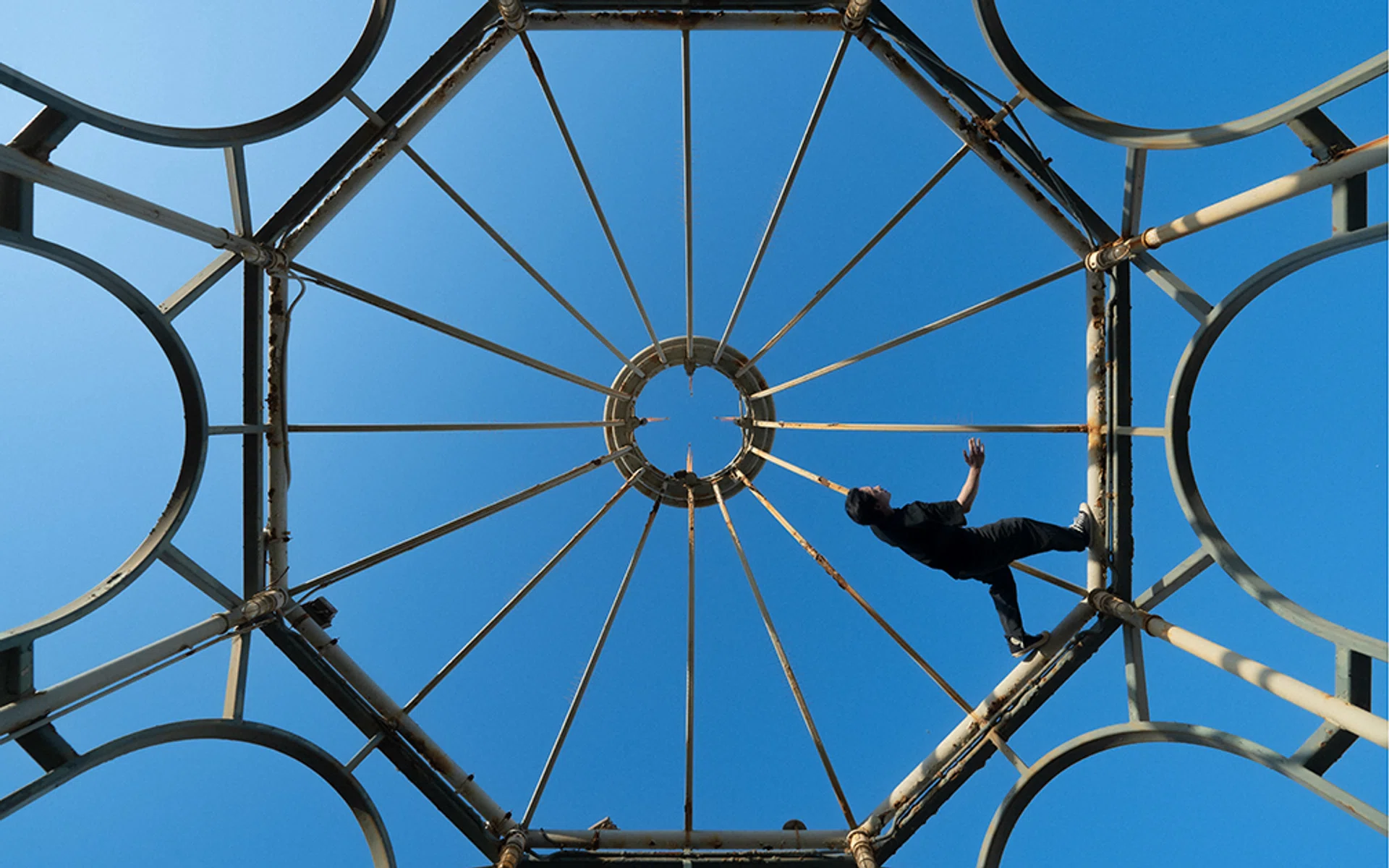TAIPEI (Taiwan News) — The “Van Gogh: Journey of Light” exhibition opened at Taipei Fubon Art Museum on Saturday (Aug. 24), featuring 25 authentic Vincent van Gogh artworks from the Netherlands’ Kröller-Müller Museum.
The exhibition, running until Nov. 11, delves into the life and artistic legacy of the renowned painter Van Gogh, focusing on the theme of “light.” It is divided into three sections that showcase how light influenced Van Gogh’s works.
The exhibition showcases Van Gogh’s artistic journey, from his early works to his mature masterpieces. Visitors will have the opportunity to gain a deeper understanding of Van Gogh’s unique perspective and understand his profound impact on the art world.
Taiwanese actress and model Lin Chi-ling (林志玲) has narrated an audio guide for the exhibition. The guide provides informative commentary on the artworks.
Lin, who has stepped away from the spotlight, made a special appearance at the exhibition’s press conference on Friday (Aug. 23). She shared her experience recording the audio guide and sharing her emotions upon witnessing Van Gogh’s artworks.
Lin expressed profound admiration for Van Gogh’s immense passion and determination. She hoped that her voice would allow more people to appreciate the vibrant and emotionally rich world of Van Gogh’s art, transcending the common perceptions of depression and sorrow associated with the painter.
As one of the most influential post-Impressionist painters of the 19th century, Van Gogh’s unique interpretation of light sets him apart. His works, characterized by bold colors and expressive brushstrokes, reveal his deep emotional connection to the world.
The exhibition features a diverse collection of Van Gogh’s works, including self-portraits, landscapes, still lifes, and sketches. Visitors are invited to immerse themselves in his artistic world and appreciate the power and beauty of his art.
To enhance the experience, the exhibition features an interactive installation inspired by Van Gogh’s famous painting, “Terrace of a Cafe at Night.” This immersive space allows visitors to step into the painting and experience the vibrant atmosphere of a Parisian cafe at night.

First section: The Enlightening Light
This section highlights Van Gogh’s early works created between 1880 and 1885. The pieces were influenced by traditional academic techniques and his self-study of masters like Jean-Francois Millet and Rembrandt.
The paintings are characterized by subdued, neutral tones. They depict the simple and challenging aspects of rural life.
Works such as “The Old Tower at Nuenen,” “Old Man at the Fireside,” and “Mourning Woman Seated on a Basket” showcase Van Gogh’s evolving style. Increasingly thick and textured brushstrokes capture the authenticity of everyday life.
Second section: The Light of Nature
This section explores Van Gogh’s artistic experimentation with light and color. It began after his move to Paris in 1886.
Exposed to Impressionism and other modern art movements, Van Gogh incorporated complementary colors and Pointillist techniques into his work. Examples of this experimentation can be seen in paintings like “Interior of a Restaurant,” “Pollard Willows at Sunset,” and “Orchard Bordered by Cypresses.”
The section also highlights Van Gogh’s “Self-Portrait,” showcasing his mastery of color and detail. Unlike photographic realism, Van Gogh infused his portraits with his own emotions, creating a distinctive style.

Third section: The Light of the Mind
This final section explores Van Gogh’s later works. The pieces are created during his time at the Saint-Remy asylum and the French commune of Auvers-sur-Oise.
Through his distinctive short brushstrokes and vibrant colors, Van Gogh created works filled with intense emotion and dynamic light. The exhibition concludes with “Blossoming Chestnut Trees,” one of the last paintings he completed.
This painting reflects his renewed spirit and fresh perspective after he arrived in Auvers. The experimental brushstrokes and use of negative space in this painting reveal Van Gogh’s unwavering passion for life.







